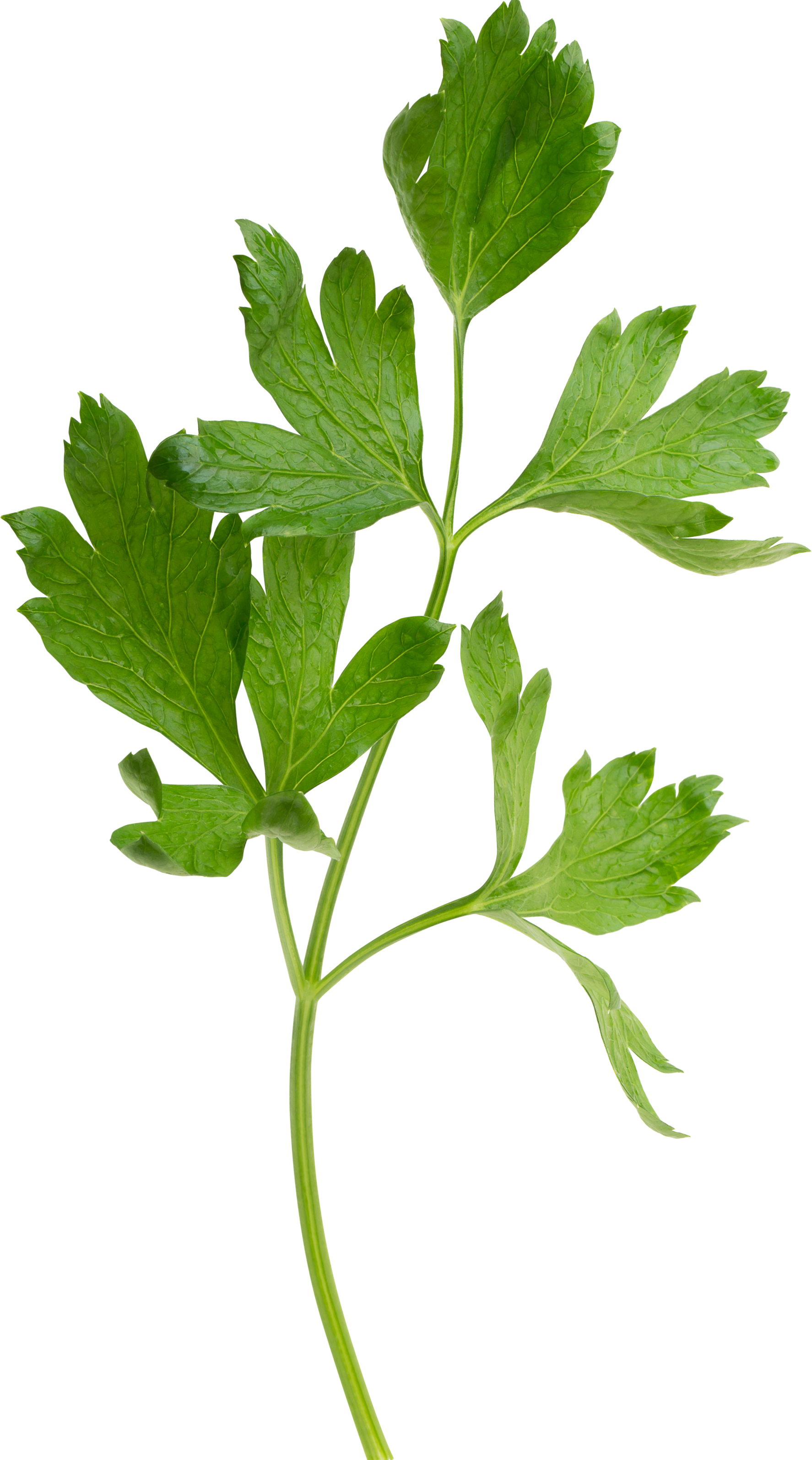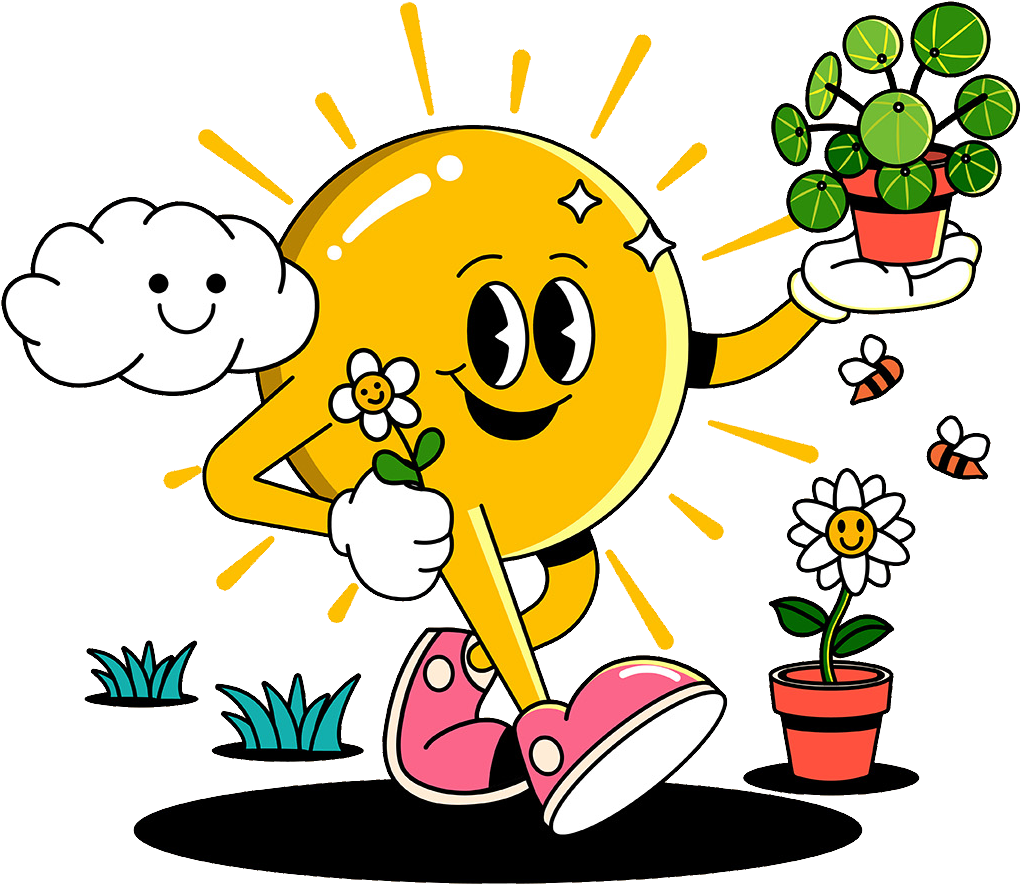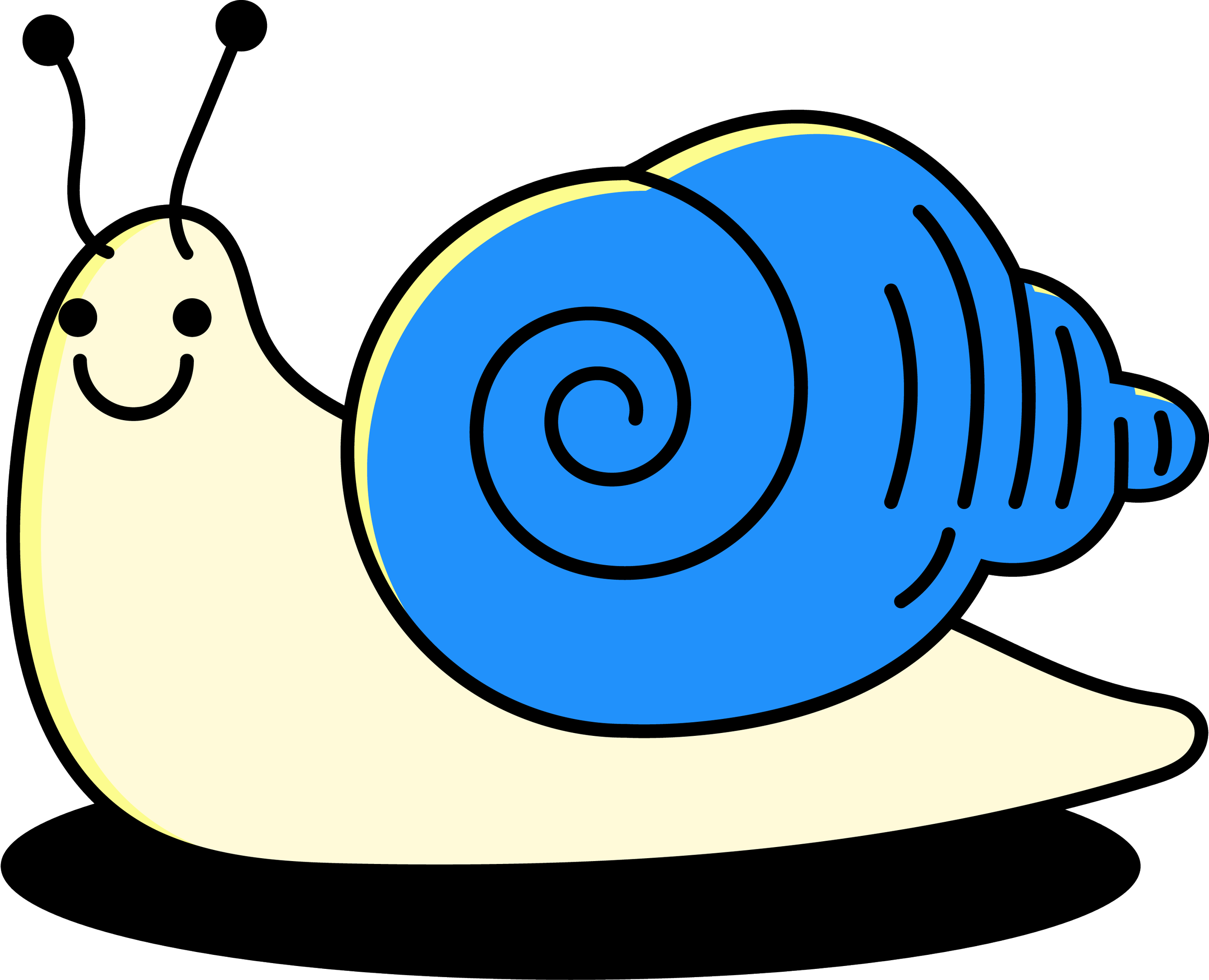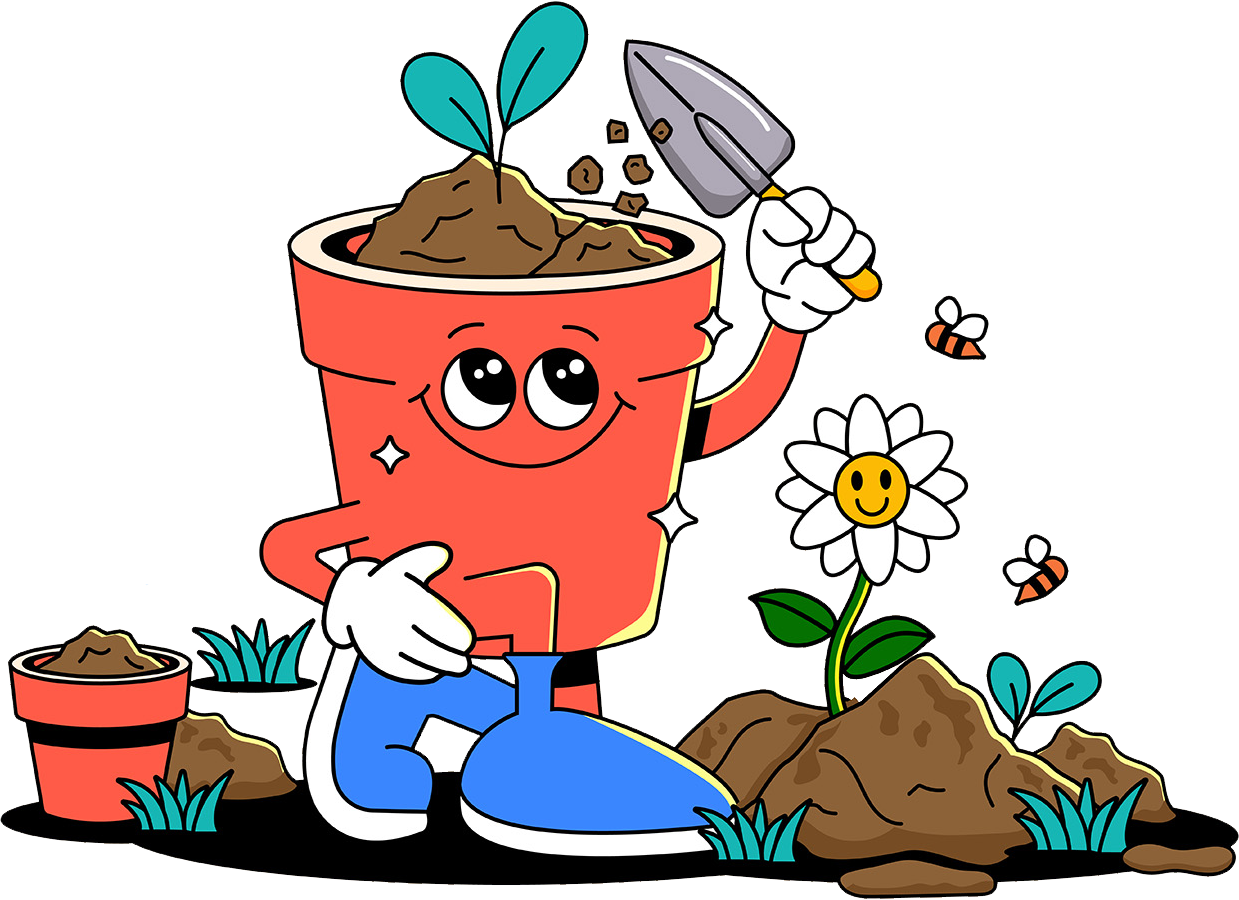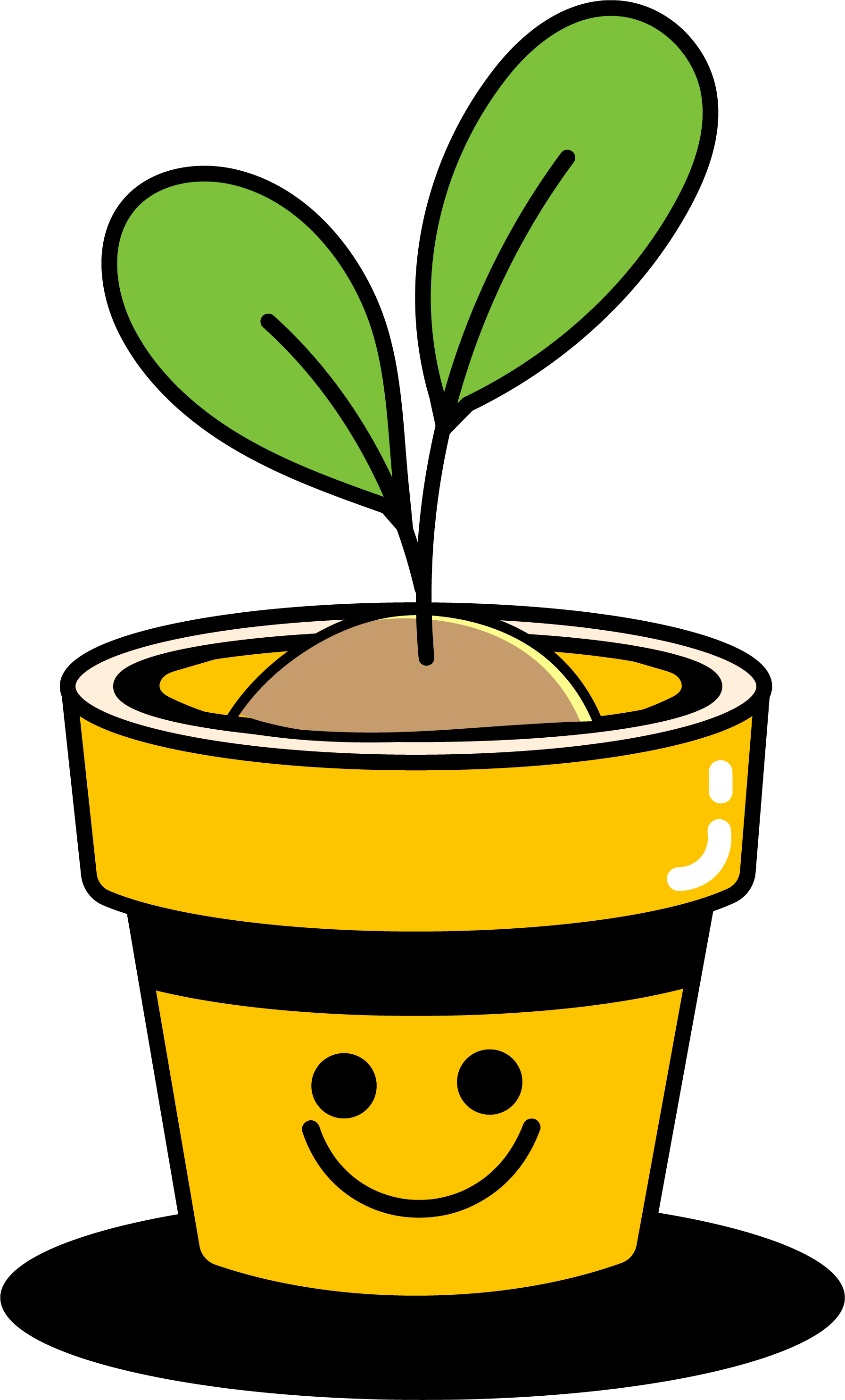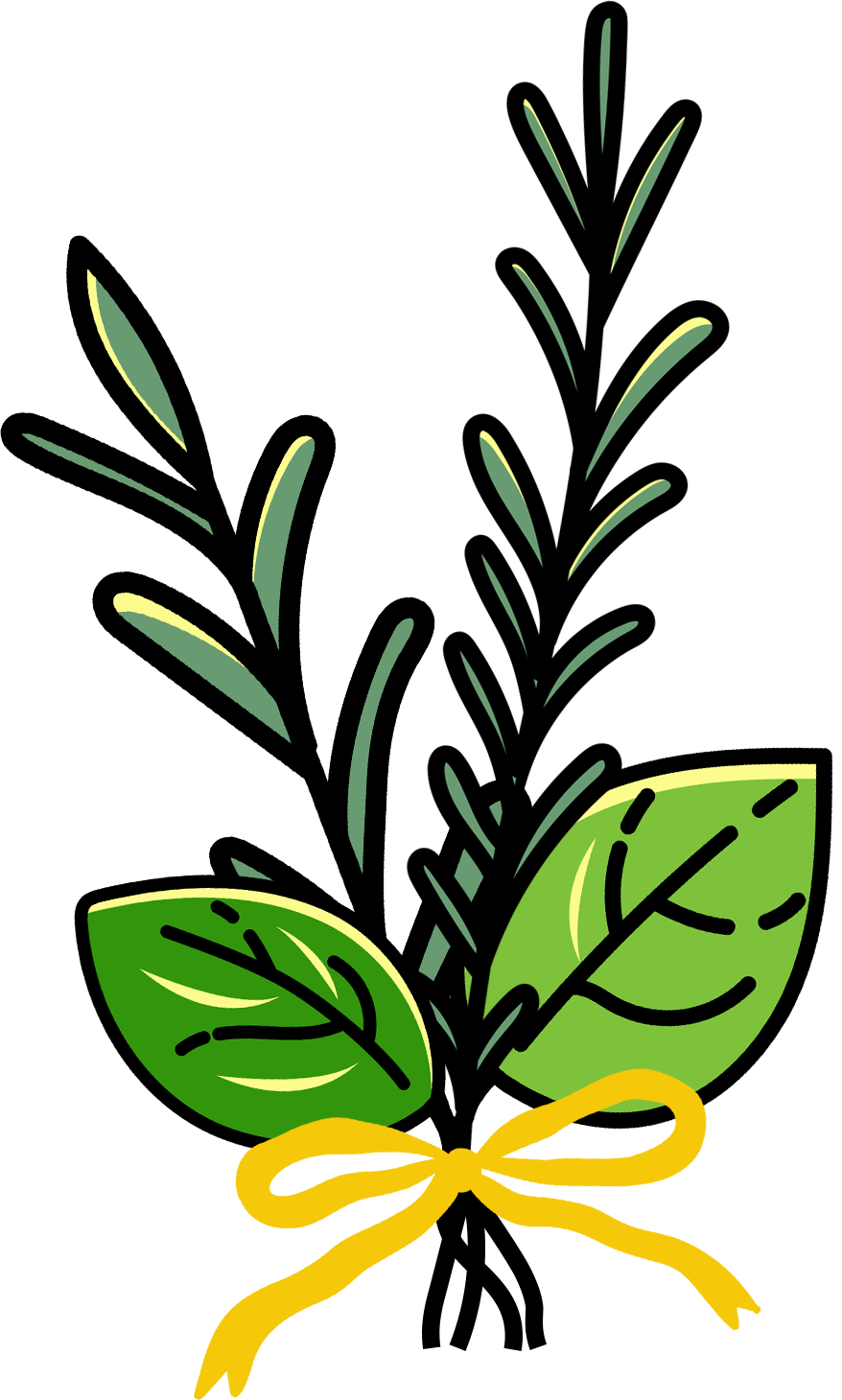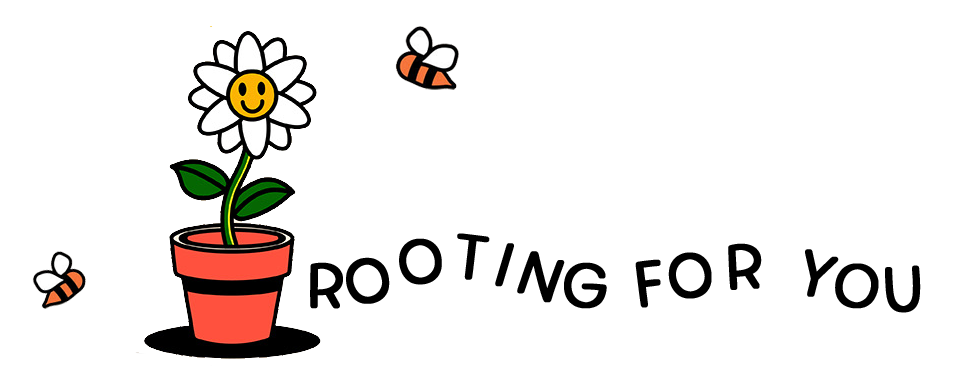Parsley
Indirect to full SUn
4-6 hours of direct sunlight daily
☁︎ Give parsley some shade ☁︎
Parsley can wilt, droop, or burn quickly in hotter climates. A bit of afternoon shade can help prevent this heat stress.
Parsley doesn’t tolerate low light well. It does enjoy some shade, but if shaded for too long it can appear leggy, pale, and weak.
KEEP SOIL MOIST
Keep this herb consistently moist
Parsley prefers evenly moist soil. If you forget to water, parsley will wilt fast and the tips can turn brown. Not allowing it to fully dry out + good drainage is key.
If you notice droopy or wilted leaves by midday, it’s begging for a drink!
Parsley does well in moderate humidity.
Parsley is pretty laidback, so indoor humidity is fine.
soil needs
Parsley digs a rich, well-draining mix that holds consistent moisture without becoming heavy.
When choosing a potting mix for parsley, look for mixes that include:
ᯓ Perlite or Coarse Sand ᯓ
Improves drainage and prevents waterlogging.
ᯓ Coco Coir ᯓ
Helps hold moisture without making the soil too wet.
Harvesting
You can start harvesting parsley when the stems are about 4 to 6 inches tall and when it has several strong stems.
A little snip every week or two keeps your parsley leafy and delays flowering.
⊹ Use Clean Scissors or Fingers ⊹
Always use sanitized scissors or pinch off stems with clean hands to prevent spreading germs.
⊹ Identify the Pruning Spot ⊹
Always cut the outer stems first! Cut down near the base of the plant, close to the soil. The idea is to cut off an entire outer stem to encourage new growth from the center.
Avoid simply picking off individual leaves from the top. This can often weaken the plant over time.
⊹ Outer vs Inner Snips ⊹
New parsley growth will always emerge from the center of the plant.
This means the outermost stems of parsley are the oldest, and the inner ones are the youngest. When you cut the outer stems, parsley will respond by pushing new growth from the center.
It is important to keep the center untouched and only harvest the older outer growth!
Common Issues
-
A possible sign of overwatering or underwatering. Soil that has been overwatered can lead to root rot.
Remove affected leaves. Check the soil and adjust the watering accordingly.
If you suspect root rot: dry out the soil for a day, remove plant from pot, trim away dead, mushy roots, and repot in fresh soil.
-
A sign of not enough sunlight.
If you notice your plant is looking leggy and weak, try moving it to a sunnier spot.
Give it a light trim to encourage stronger growth.
-
A sign of dehydration or too much heat.
Give it some water and/or move to partial shade during midday sun.
-
Hot weather or long daylight hours can cause parsley to bolt. It is part of its natural cycle, usually in its second year.
This is essentially parsley’s sign off. Once it flowers, the leaves can turn bitter and growth slows down.
You can let it flower to attract pollinators or collect seeds, but you will need a fresh parsley plant for herbal purposes.
Sometimes issues can be the result of a pest infestation. Make sure to watch out for these creepy crawlers:
𖢥 Aphids
Not pet safe
Parsley can be mildly toxic to pets if ingested. If you have pets, keep this herb out of their reach.

